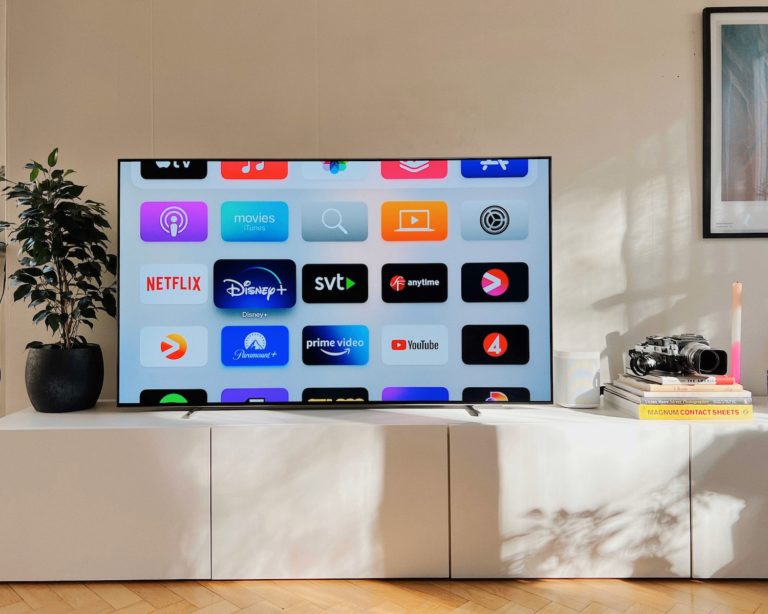OLED, or Organic Light Emitting Diode, is a type of television technology that uses organic compounds to produce light and display images. OLED TVs offer a number of advantages over traditional LCD and LED TVs, including better picture quality, faster refresh rates, and a thinner and lighter design.
One of the main advantages of OLED TV technology is its ability to produce deeper and more accurate blacks. OLED TVs use individual pixels that can be turned off completely, which allows for a higher contrast ratio and more realistic images. This can be particularly beneficial for watching movies or TV shows with a lot of dark scenes, as the increased contrast can make the images appear more lifelike and immersive.
Another advantage of OLED TVs is their faster refresh rates, which can help reduce motion blur and make fast-moving content appear smoother and more fluid. This is particularly useful for gaming or watching sports, where fast-moving action can be difficult to follow on lower refresh rate TVs.
In addition to their picture quality advantages, OLED TVs also offer a number of design advantages. OLED TVs are generally thinner and lighter than traditional LCD and LED TVs, which can make them easier to mount and more versatile in terms of placement. They also have a wider viewing angle, which means that you can watch the TV from a wider range of angles without losing image quality.
Despite the many advantages of OLED TV technology, there are also some potential disadvantages to consider. One of the main disadvantages is the cost. OLED TVs are generally more expensive than traditional LCD and LED TVs, which can be a factor for some consumers. In addition, OLED TVs can be more prone to image retention or burn-in, which can occur if the same image is displayed on the screen for an extended period of time. This can result in a permanent ghost image appearing on the screen, which can be difficult to remove.
Overall, OLED TV technology offers a number of advantages over traditional LCD and LED TVs, including better picture quality, faster refresh rates, and a thinner and lighter design. While it can be more expensive and more prone to image retention or burn-in, it can provide a more immersive and engaging viewing experience for many users.
Consider reading: What is LED TV technology?




















